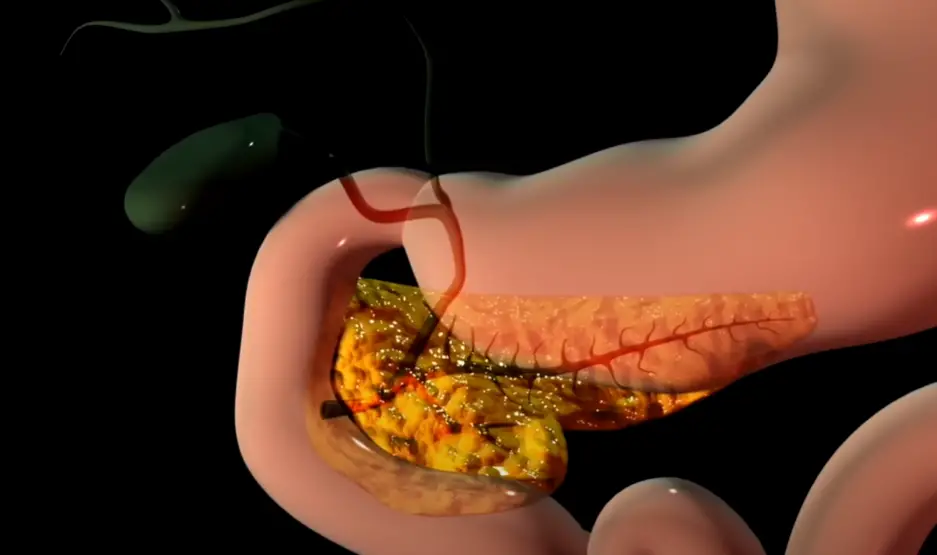Introduction:
Cancer remains one of the most significant global health challenges, with the National Institutes of Health (NIH) estimating that nearly 2 million Americans will be diagnosed with cancer in 2025 alone. Despite advances in treatment, cancer continues to be one of the leading causes of death worldwide, with lung, breast, prostate, and colorectal cancers being among the most common. However, according to Dr. Paulien Moyaert, it’s often the side effects of cancer, rather than the cancer itself, that lead to death. Dr. Moyaert has created a striking 3D simulation that illustrates the progression of cancer and how it ultimately causes death.
Understanding the Lethality of Cancer:
In a groundbreaking 4-minute simulation shared on her YouTube channel, Dr. Moyaert explores how cancer spreads and leads to death. The video emphasizes the most lethal form of cancer—metastatic cancer—where a single cancer cell breaks off from the original tumor, travels through the bloodstream, and forms new tumors in different organs, making them unable to function. This widespread tumor growth often leads to organ failure, which can be fatal if not treated.
The Impact on the Digestive System:
When cancer affects the digestive system, the consequences can be severe. Tumors may obstruct the digestive tract, preventing the body from absorbing nutrients or expelling waste. This blockage can cause severe complications, such as bowel perforation, which is often fatal if not surgically corrected. This highlights just how critical early detection and intervention are in preventing the spread of cancer and the resulting damage to essential bodily functions.
The Deadly Nature of Pancreatic Cancer:
One of the most painful and deadliest forms of cancer is pancreatic cancer. Dr. Moyaert’s simulation explains that when cancer invades the pancreatic ducts, it essentially causes the pancreas to “digest itself.” This self-digestion leads to severe pain and organ dysfunction, making pancreatic cancer one of the most challenging cancers to treat and manage.
The Risk of Asphyxiation in Lung Cancer:
Lung cancer also presents a unique and lethal danger. As the cancer grows, it can block airways, leading to asphyxiation—the lack of sufficient oxygen in the body. This condition can ultimately cause death if the body is unable to breathe adequately. The progression of lung cancer can therefore be particularly terrifying, as patients may gradually lose their ability to breathe without intervention.
Infections and Immunity Impairment:
Another leading cause of death in cancer patients is infections. Cancer severely weakens the immune system, and chemotherapy exacerbates the issue by suppressing bone marrow—the body’s primary source of white blood cells. These blood cells are crucial for fighting infections and controlling bacteria in the body. As the video shows, the infiltration of cancer cells into the bone marrow eventually leads to inadequate blood cell production, causing anemia, lowered immunity, and increased susceptibility to infections.
Cachexia: The Silent Killer:
Approximately 50% of cancer patients experience cachexia, a severe condition characterized by rapid muscle loss and weight loss. Cachexia is not only physically debilitating but can also make it difficult for patients to maintain strength and fight infections. This condition complicates cancer treatment and significantly reduces the quality of life for many patients.
Pain Management in Cancer Patients:
Despite the extreme challenges cancer presents, Dr. Moyaert’s simulation highlights that pain management is available for cancer patients. Treatments like morphine and opium can help alleviate pain and ensure that no patient suffers needlessly. These treatments are vital for maintaining comfort during the final stages of the disease, ensuring that patients can pass away with dignity and without unbearable suffering.
Conclusion:
Dr. Paulien Moyaert’s 3D simulation serves as an eye-opening depiction of how cancer progresses in the body and the complex series of events that ultimately lead to death. While cancer itself remains one of the leading causes of death worldwide, it is often the side effects—organ failure, immune impairment, and complications like infections and cachexia—that directly result in death. Through this simulation, viewers gain a deeper understanding of the challenges faced by cancer patients, as well as the importance of early detection, treatment, and compassionate care throughout the course of the disease.
Please SHARE this article with your family and friends on Facebook.



